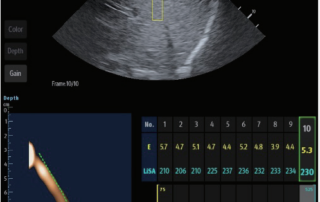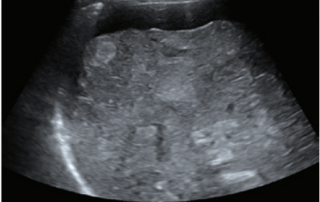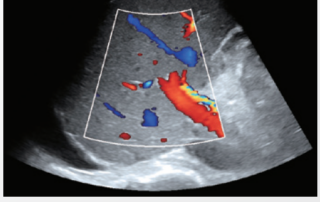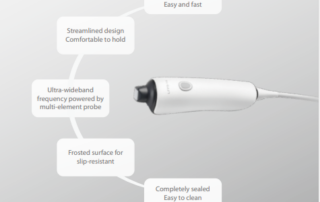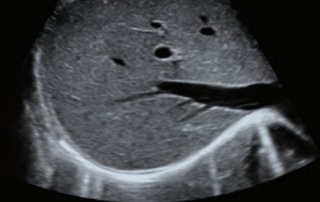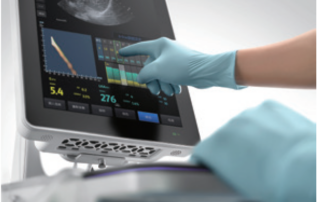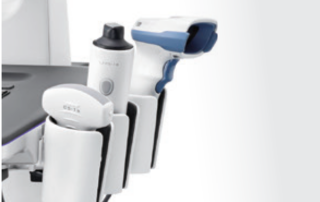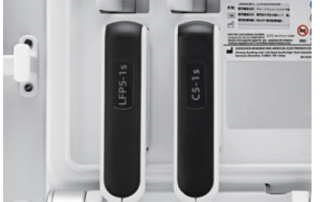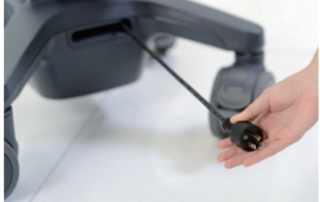Hepatus 6
Diagnostic ultrasound system
A new era for noninvasive diagnosis of liver disease
Non-invasive and quantitative Fibrosis & Steatosis analysis
Wide range of clinical applications The health of the liver cannot be ignored. Fatty liver disease and liver fibrosis will further develop into liver cirrhosis, liver cancer and even liver failure if they are not treated timely. Hepatus is a professional non-invasive diagnostic system for liver diseases, providing quantitative result to indicate the stage of liver fibrosis. It is accurate, efficient, reliable, and convenient for disease follow-up, opening a new era for noninvasive diagnosis of liver diseases.
Quantitative analysis of liver stiffness :
Provide quantitative detection of liver stiffness and liver fibrosis stage by transient elastography technology.
Quantitative analysis of liver steatosis:
Noninvasive Sensitive and accurate Easy follow-up Quantitative The severity of liver steatosis can be quantitatively evaluated by LiSA (Liver Ultra-Sound Attenuation) technology.
Wide clinical applications
It is applicable to the screening, diagnosis, monitoring and treatment assessment of liver fibrosis and steatosis due to various reasons. Espcially during early stage.
- Nonalcoholic fatty liver disease
- Alcoholic liver disease
- Chronic hepatitis B
- Chronic hepatitis C
- Drug-induced liver injury
- Autoimmune liver disease
- Biliary tract disease
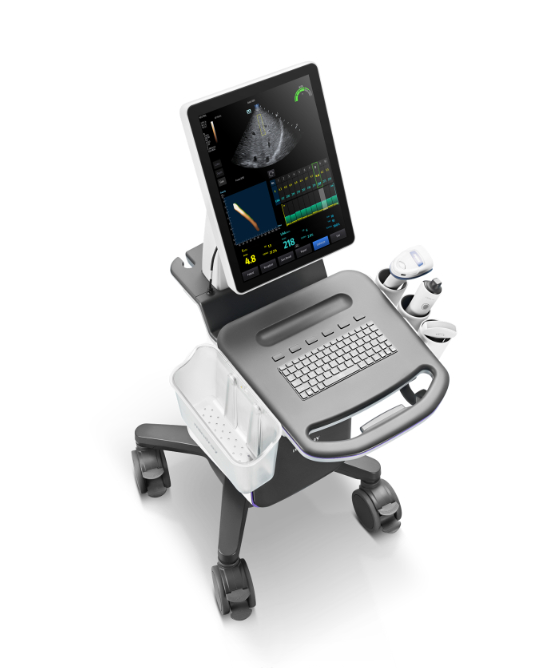
Related Images
Key Features
- Tablet full touch screen, deliver the easy operation and disinfection
- Convenient patient information input with bar code scanner
- Flexible panel with various direction adjustment
- Dual probe sockets design ensure the fast switch between general ultrasound diagnose with liver fibrosis and steatosis diagnose
- Built in battery ensure the long time scanning without AC connected
- Excellent power cable and probe cable management
- Dedicated ultrasound guided puncture to improve the accuracy of biopsy
- Excellent abdominal color ultrasound image
Advanced ViTE (Visualized Transient Elastography):
- Conduct quantitative detection and evaluation of liver fibrosis and steatosis under the visual guidance of real-time 2D ultrasound
- Avoid blood vessels and lesions, improve the accuracy and reliability of the measurement
- Greatly reduce the operation difficulty, improve the accuracy and repeatability of quantitative measurements
Various ultrasound solutions
- Professional ultrasound probe to facilitate the examination of ascites, etc.
- Dedicated ultrasound guided puncture to improve the accuracy of biopsy
- Excellent ultrasound image and function enable comprehensive assessment of liver morphology and hemodynamics.

Integrated probe design :
- Ultra-wideband frequency technology, it covers all patients of different ages and body shapes
- One probe for ultrasound visual guidance and quantitative detection, no need to switch probes during the scan
- The acquisition process can be accomplished with one integrated button
Fast, Smart and Reliable
Collect 10 effective measurements with only press one button at once
Only 7 seconds to get result after positioning, greatly shorten the measurement time and double the measurement efficiency.
Reliable quality control index
- Pressure ring (P): quality control of probe pressure
- Respiratory movement ring (m-STB): ensure respiratory stability
- Clear indication with different color to improve the quality control during examination
Smart trend analysis report
- Follow up the exam of same patient at different period, and conduct trend analysis
- Convenient for doctors to monitor the changes of patients‘ liver condition, facilitate the tracking of patients’ condition and the evaluation of treatment effect
- Detection data can be exported in batch for research and analysis
Related Literature

